When you’re on the road with your RV, your electrical system is essential to ensuring a smooth and safe experience. Despite regular maintenance, electrical problems can strike without warning. That’s why protecting this system from potential faults and damage is crucial. It may sound tricky, but protecting your electrical system will be a breeze with the right RV surge protector or electrical management system (EMS).
While it might seem like these devices serve a similar purpose, they’re actually quite distinct and are suited to different needs. This guide will show you the key differences between RV surge protectors and EMS systems to help provide guidance on choosing the right one for your needs.
What Is an RV Surge Protector?
A surge protector is a device designed to protect your RV’s electrical system from power surges. A power surge can occur when there’s an unexpected spike in electrical voltage, such as during a lightning strike or when campground power sources malfunction. These spikes can damage or destroy sensitive electronics and appliances in your RV.
RV power surge protectors act as a safeguard by detecting these voltage increases and cutting off the electrical flow, thereby protecting your equipment. They’re pretty straightforward devices since their primary function is to prevent damage caused by high-voltage situations. They’re easy to install and often come in portable versions that you can plug into the power pedestal at a campsite.

What Is an EMS?
Electrical management systems also protect your RV’s electrical system, but they go beyond the capabilities of a standard surge protector. An EMS is a more advanced device that monitors multiple aspects of your RV’s power supply.
That means, on top of protecting against power surges, these devices also detect and shut down power in the event of other irregularities like low voltage, frequency changes, or incorrect wiring at the power pedestal. These additional protections can save your RV from almost any significant electrical issue.
They can do this because EMS devices consistently monitor the incoming power in real time, ensuring it meets safe operating standards. If it detects power outside of acceptable ranges, it automatically cuts off the connection to prevent damage to your RV.
Key Benefits of Surge Protectors
Now that you understand the fundamental differences between these systems, let’s explore the benefits each provides. Here’s a quick overview of the advantages of using a surge protector.
Basic Protection at an Affordable Cost
One of the main benefits of a surge protector is its affordability. These devices are typically less expensive than EMS units and provide an excellent basic layer of protection for your RV’s electronics. This makes them ideal for RV owners who want to prioritize their budget while still effectively safeguarding their equipment.
Compact and Simple To Use
Surge protectors are generally compact and portable, making them easy to carry with your RV gear. Installation is simple. Plug the device into the power pedestal and then connect your RV’s power cord. This straightforward setup is perfect for RV beginners or those looking for a hassle-free solution.
Efficient Protection Against High Voltage
Since the primary feature of a surge protector is its ability to safeguard your RV from harmful power surges, it performs exceptionally well. While it won’t cover other electrical issues, such as low voltage or faulty wiring, it provides solid protection against voltage spikes, which are among the most common power problems for RVs.
Key Benefits of an EMS
Now that we’ve covered surge protectors, let’s take a look at the benefits of an EMS. That way, you can know what you’re getting out of these devices.
Comprehensive Electrical Protection
The most significant advantage of an EMS is its versatility. It doesn’t just protect against surges; it also shields your RV from low voltage, wiring defects, and even frequency anomalies. This all-encompassing protection makes it a great choice for those who want peace of mind while connecting to various power sources.
Real-Time Monitoring
An EMS offers continuous real-time monitoring of the electrical supply. This ensures that your RV's system is monitored for irregularities as long as the EMS is active. You can even find models displaying voltage levels and error codes, making identifying and addressing specific problems easier.
Long-Term Investment
Though EMS units require a higher initial investment, it pays dividends through years of protected camping. These devices are made to last, and since they detect and prevent issues like low voltage or wiring problems, an EMS can greatly extend the lifespan of your RV’s electronics and appliances.

Making the Right Choice
Knowing the difference between an RV surge protector and an EMS is only half the battle. You’ll also need to figure out which one is the better choice for you. When doing so, it’s important to consider your specific needs, budget, and how you typically use your RV.
A surge protector may be sufficient for occasional campers who primarily stay in well-maintained campgrounds with reliable electrical systems. It provides basic protection at a lower cost and is easy to transport.
On the other hand, full-time travelers or long-term RV owners who often visit a variety of locations with varying electrical standards may benefit more from an EMS. This option offers comprehensive protection, covering a wide range of potential electrical issues that are more likely to occur in unpredictable environments.
Aside from that, budget is another vital factor to consider. If funds allow, an EMS is the more robust and secure option for overall protection. However, a surge protector still serves as a solid first line of defense against common electrical problems for those on a tighter budget. Additionally, your level of risk tolerance may influence your decision. If you prefer to minimize the chances of costly electrical repairs, an EMS provides greater security by addressing a broader spectrum of power issues.
Regardless of which option you choose, always ensure the device is compatible with your RV’s electrical system, whether it’s 30-amp or 50-amp. Careful consideration of these factors will help you select the right solution for your needs.
Should You Ever Choose Both?
While it might sound like a good idea for additional protection, using both a surge protector and an EMS simultaneously is typically unnecessary. An EMS already includes surge protection as part of its comprehensive functionality, making a separate surge protector redundant.
However, if you already own both devices and want an added layer of reassurance, you could technically use them together as long as they are compatible with your RV’s electrical system. Keep in mind that stacking devices could be cumbersome and may not offer significant enough benefits for it to be worthwhile.


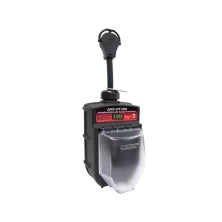
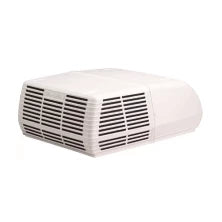
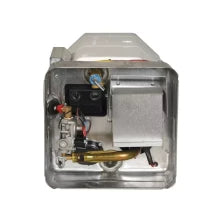
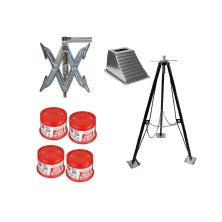
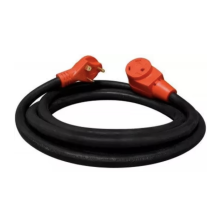
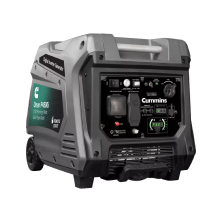

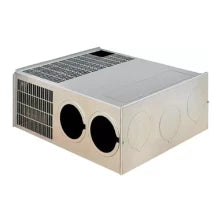


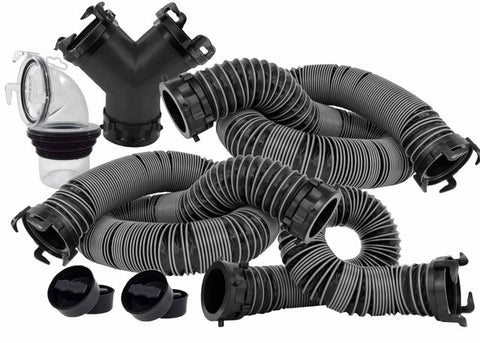

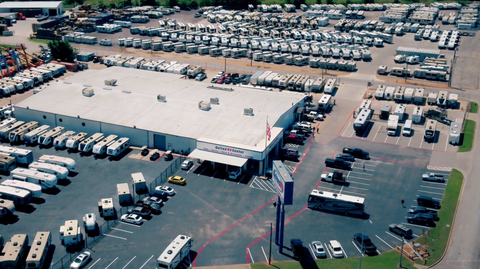
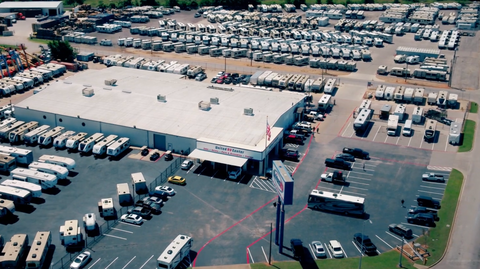
Comments (0)
There are no comments for this article. Be the first one to leave a message!